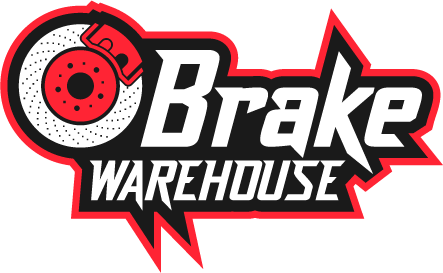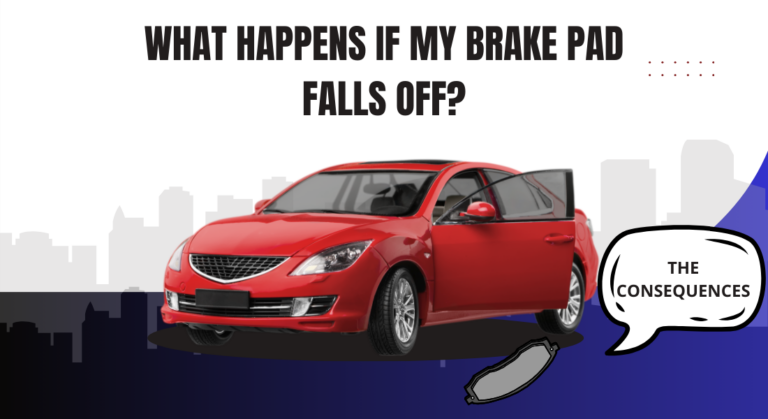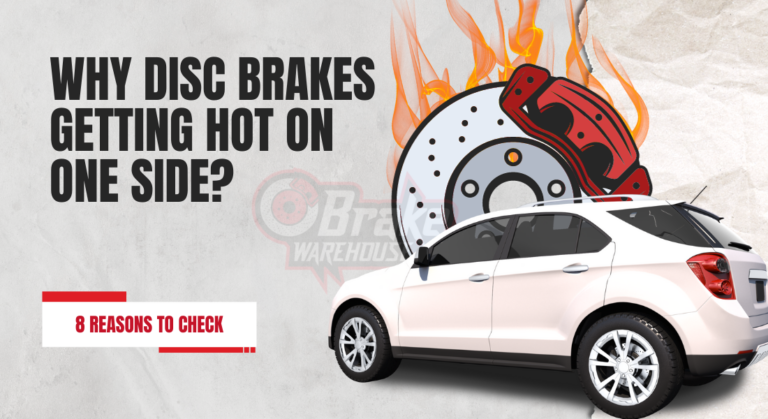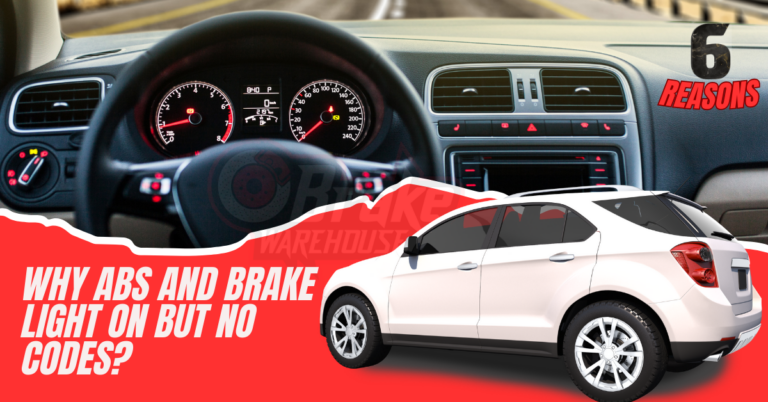Why Do Brake Lines Have Loops in Them? Know the Purposes
If you’ve recently looked at your brake lines, you might have been taken aback by the numerous loops encircling their connection points. Although it may appear superfluous, these loops and bends in the brake lines serve a crucial purpose. Why are brake lines equipped with loops?
Brake lines incorporate loops and bends to facilitate flexing and movement while your car is in motion. Without this slight flexibility, brake lines would eventually succumb to the stress caused by road bumps, leading to breakage. Additionally, these loops provide extra maneuverability when replacing components like the master cylinder or other brake parts.
Read on to explore the significance of brake line loops and bends. Also, their role in brake functionality, and whether they are universal in all vehicles.
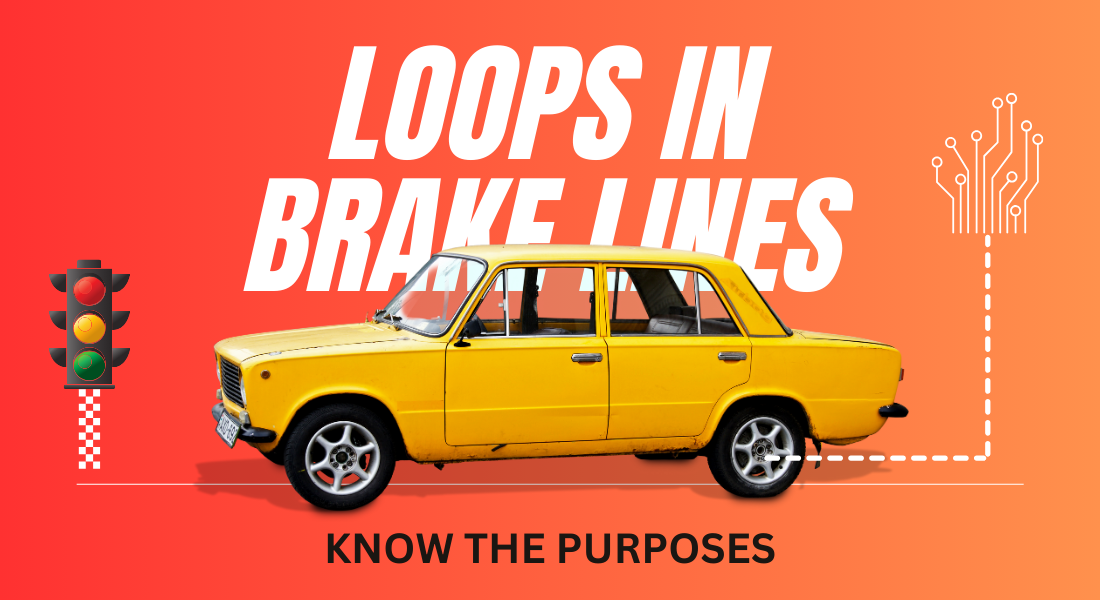
Why Do Brake Lines Have Loops in Them?
You might perceive the brake line design as unconventional, but those intricate bends and loops serve a crucial purpose: providing flexibility.
As you drive, vehicles like cars and trucks undergo bending and flexing. Many trucks have a frame supporting the body, connected by rubber mounts, allowing considerable movement between them.
The master cylinder attaches to the body, while other brake components attach to the frame. Pressing the brake pedal, the car’s firewall flexes, moving the master cylinder while the other brake components remain stationary.
Cars are only sometimes built with pinpoint accuracy. The distance from the master cylinder to the anti-lock brake system pump can vary slightly between vehicles.
The additional flexibility engineered into the brake lines accommodates these slight variations, ensuring vehicles can be assembled even when they differ slightly.
If the brake lines were short and straight, the car’s motion would eventually lead to cracks in the lines. The constant flexing would cause metal fatigue, eventually resulting in breakage, much like how a spoon bent back and forth repeatedly will eventually snap. By shaping the brake line into a coil, the flexing in each section becomes minimal, exerting almost no strain on the line.
Read Also: Should You Bleed Brakes with Car On or Off? (The Right Way)
What are the Benefits of Loops in Brake Lines?
Incorporating loops in brake lines provides several benefits that contribute to vehicles’ safe and reliable operation.
Such design elements ensure that the brake system functions optimally, promoting safety and longevity on the road.
Enhanced Flexibility for Vehicle Dynamics
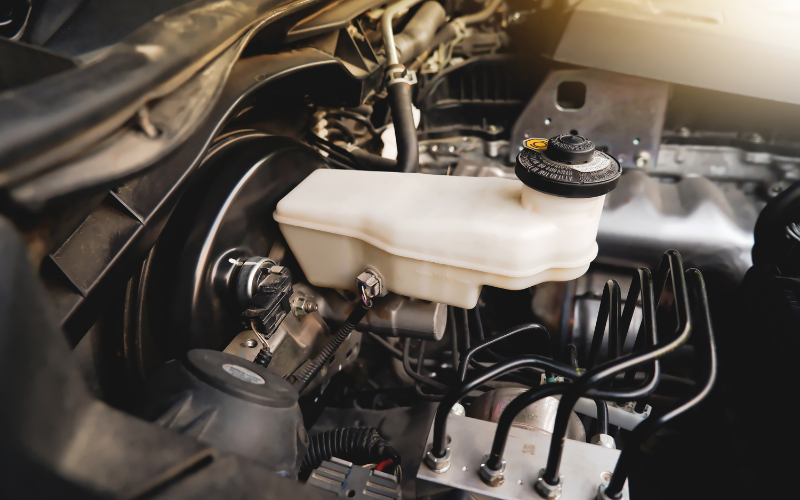
One of the primary benefits of incorporating loops in brake lines is improved flexibility, which plays a crucial role in the safe operation of a vehicle.
Cars and trucks are not rigid structures; they constantly bend and flex as they navigate various terrains and road conditions.
Loops in brake lines allow these vehicles to flex and adapt without compromising the integrity of the brake system.
Addressing Frame and Body Movement
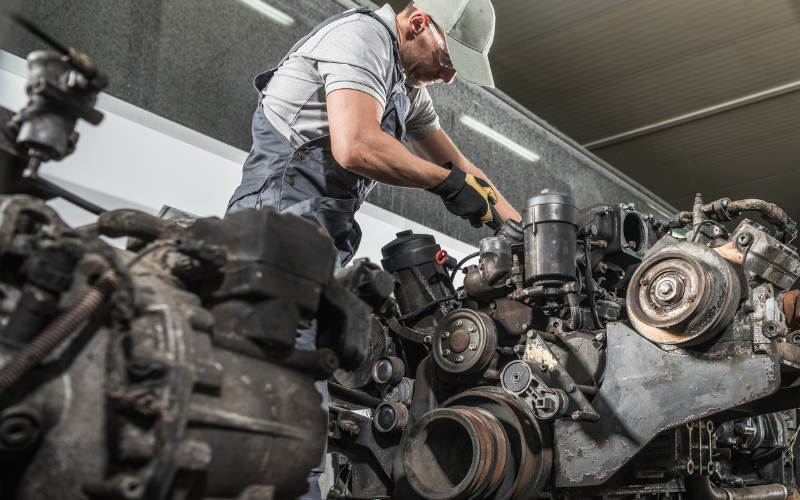
Many trucks feature a frame that supports the vehicle’s body. These two components are connected by rubber mounts that permit significant movement between the body and frame.
In this scenario, the loops in brake lines accommodate the relative motion between the body and frame, ensuring that the brake system remains functional. The flexibility offered by these loops prevents stress on the brake lines, preserving their integrity and functionality.
Synchronized Brake System Components
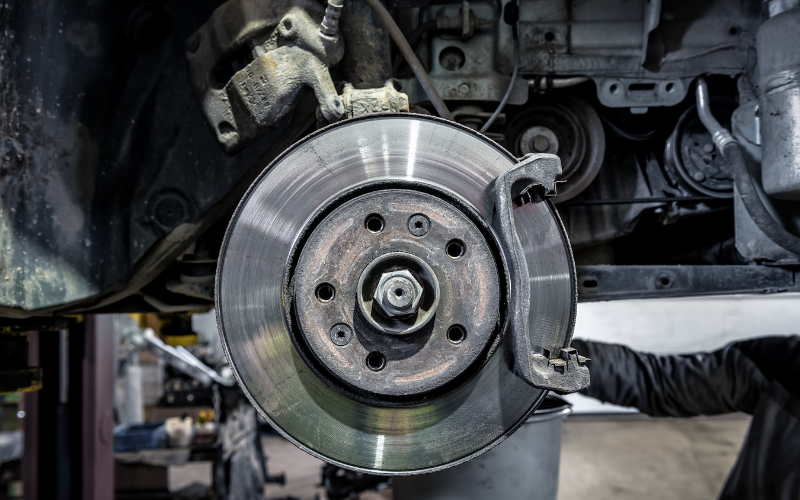
A vehicle’s brake system comprises various components, including the master cylinder, brake lines, and brake calipers. These components often have different attachment points, some connected to the vehicle’s body and others to the frame.
When the driver applies the brakes, the flexing of the vehicle, such as the firewall’s movement, can affect the positioning of these components.
Loops in brake lines help synchronize this movement, allowing the master cylinder to move while maintaining stability in the rest of the brake system.
Accommodating Manufacturing Variations
Vehicle manufacturing is not always an exact science, and slight variations between individual vehicles can exist.
For instance, the distance from the master cylinder to the anti-lock brake system (ABS) pump may differ slightly from one vehicle to another.
Loops in brake lines address these manufacturing discrepancies by providing the necessary flexibility to accommodate variations in vehicle assembly.
It ensures that brake lines can be installed and function effectively in vehicles with minor differences in component placement.
Preventing Line Fatigue and Breakage
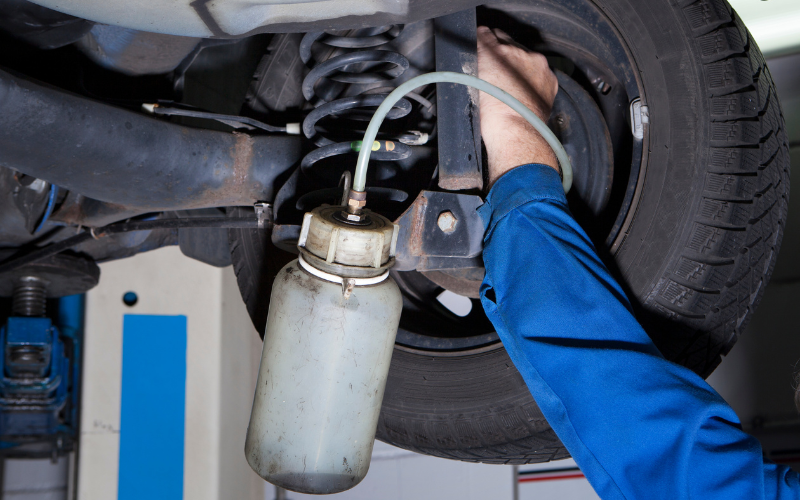
If brake lines were designed to be short and straight, the constant flexing of the vehicle during operation would eventually lead to cracks and breakage in the lines.
Metal fatigue sets in when materials are repeatedly subjected to bending stress, and this can weaken the brake lines over time.
The flexing in any one section of the line is significantly reduced by forming the brake lines into loops or coils. This minimizes the strain on the brake lines, prolonging their lifespan and enhancing the overall durability of the brake system.
FAQs
What happens if a vehicle lacks brake line loops?
If a vehicle lacks brake line loops, it becomes more susceptible to damage and brake system failure. Without the flexibility provided by these loops, the rigidity of the brake lines can lead to stress and potential breakage, compromising the effectiveness and safety of the braking system.
Can brake line loops affect the overall lifespan of a vehicle’s brake system?
Yes, brake line loops can significantly impact the overall lifespan of a vehicle’s brake system. By reducing stress and minimizing metal fatigue, these loops contribute to the longevity of the brake lines and the entire brake system, ensuring reliable performance and safety over an extended period.
Do all vehicles have brake lines with loops in them?
No, not all vehicles have brake lines with loops. The presence of brake line loops depends on the vehicle’s design and the manufacturer’s engineering choices. While many vehicles incorporate brake line loops for flexibility and durability, the specific design may vary from one vehicle model to another.
Read Also: Driving with a Bad Master Cylinder – Is It Safe?
Last Words
To enjoy a smooth ride, reliable brakes are essential, whether in a minivan or a classic Mustang. While aspects of your car’s brake system can be complex, understanding the purpose of loops and bends in the brake lines is now a mystery.
There isn’t a universal right or wrong answer regarding the necessity of these loops. Still, I aim to provide a solid foundation for making informed decisions regarding why do brake lines have loops in them.
When working with your brake lines, always consider your driving habits. If you engage in rougher driving, loops and bends are crucial. However, a little slack in the brake line will suffice for daily commutes to work and back.

Meet Zayan, the mechanical genius behind the highly acclaimed brakes problems and solutions website. With over a decade of hands-on experience in the automotive industry, Zayan has become a trusted authority in the realm of brake systems.
His passion for cars, coupled with his expertise in solving complex brake-related issues, has earned him a devoted following of car enthusiasts, mechanics, and everyday drivers seeking reliable guidance.
